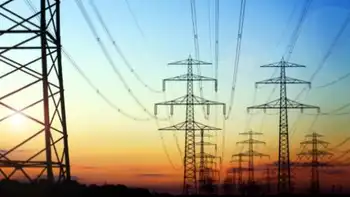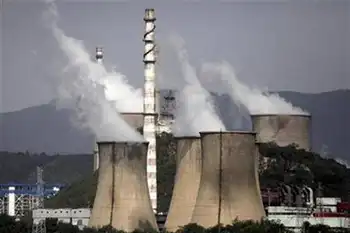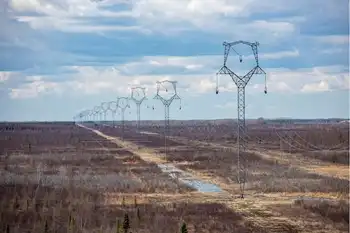Study finds need for coal-fired plant
The study by the department's Office of Energy Security is meant to be a forecasting tool for policy-makers, but environmentalists who oppose building more coal power plants say the study isn't specific enough to be of much practical use.
"I am not going to lie awake at night and worry about a new coal-fired power plant," said Linda Taylor, clean energy director for Fresh Energy, a St. Paul group that supports wind energy development over coal.
The state Legislature ordered the study when it passed the state's Next Generation Energy Act in 2007. It is supposed to assess the state's energy needs through 2025, when most utilities will be required to derive 25 percent of their electricity from renewable sources like wind.
The Office of Energy Security fed data for 57 scenarios into a computer model and highlighted the one it felt was most likely, said Bill Glahn, director of the office.
That scenario said the state would need a 500-megawatt coal-fired power plant, which could power a city of 140,000 people.
It also called for eight natural gas-fired power plants to provide intermittent and peak power upon demand, as well as 4,000 megawatts of renewable power, which would most likely be wind, Glahn said.
The study makes no recommendations, nor does it identify where a coal plant would be built. In other scenarios, the models call for no coal plant.
Those scenarios put more severe penalties on coal plant carbon emissions that are blamed for speeding up climate change.
The main conclusion of the study, Glahn said, is that the state will need more baseload power, which typically comes from coal, nuclear or hydro power plants because of their always-on nature.
Because the study does not identify which utilities might use that coal power, it is practically useless for planning purposes, said Beth Goodpaster, energy program director at the Minnesota Center for Environmental Advocacy.
Goodpaster criticized the Commerce Department for claiming the state would need an additional 4,100 megawatts of baseload power by 2025.
Only 500 megawatts of that can be considered baseload from coal, while the rest would come from natural gas plants that, like wind, operate intermittently, she said.
Related News

Ontario Power Generation's Commitment to Small Modular Reactors
ONTARIO - Ontario Power Generation (OPG) is at the forefront of Canada’s energy transformation, demonstrating a robust commitment to sustainable energy solutions. One of the most promising avenues under exploration is the development of Small Modular Reactors (SMRs). These innovative technologies represent a significant leap forward in the quest for reliable, clean, and cost-effective energy generation, aligning with Ontario’s ambitious climate goals and energy security needs.
Understanding Small Modular Reactors
Small Modular Reactors are advanced nuclear power plants that are designed to be smaller in size and capacity compared to traditional nuclear reactors. Typically generating up to 300 megawatts of…





